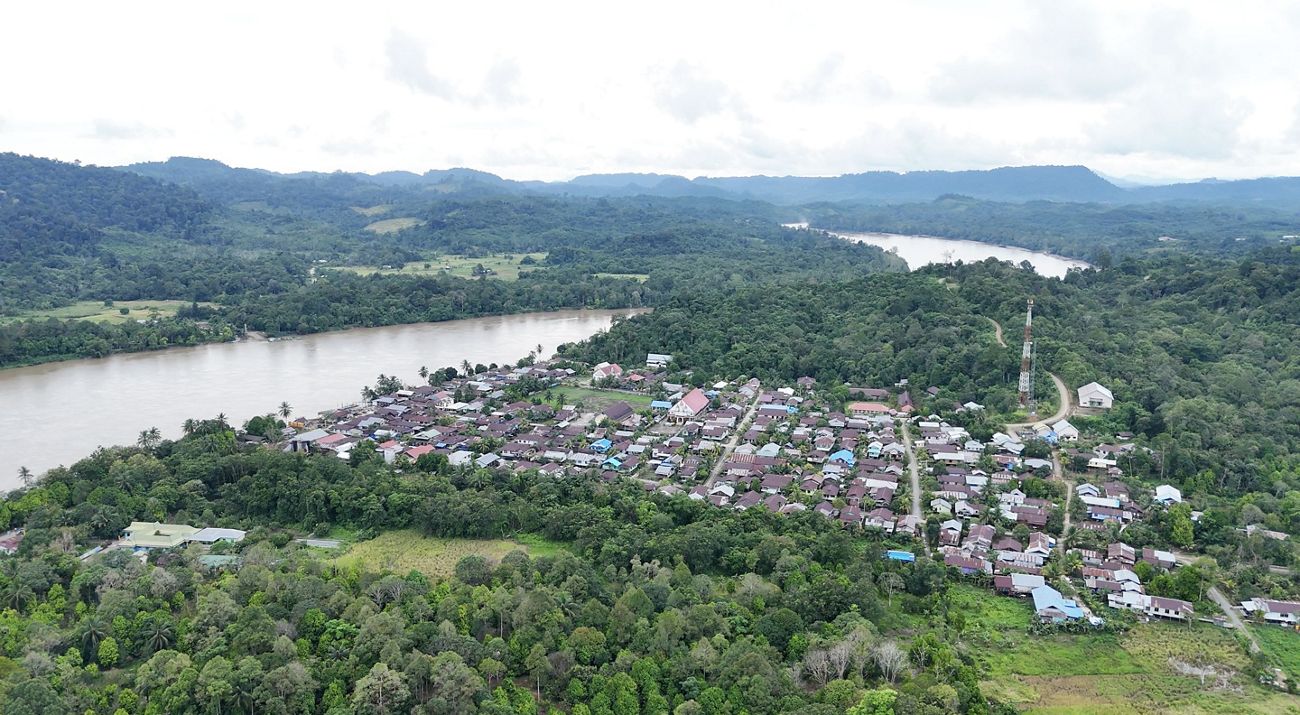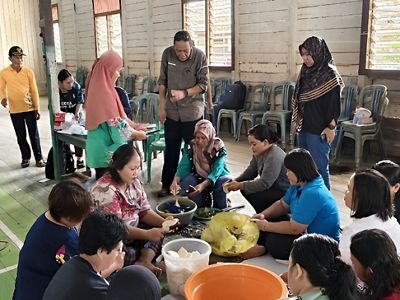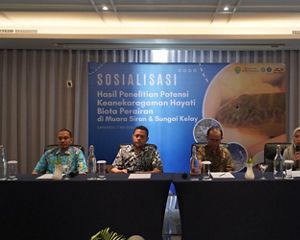
Since 2022, YKAN has also started supporting village empowerment through the SIGAP approach in North Kalimantan province. The primary targets are 18 villages across four sub-districts (Peso, Peso Hilir, Tanjung Palas, Tanjung Palas Barat) within the Kayan River landscape in Bulungan Regency. Some of these villages have obtained or are in the process of obtaining social forestry permits, covering approximately 20,600 hectares.
Read: 19 years of partnership with the tribal council & religious institutions in Kapatcol Village
To identify the capacity-building needs of these villages, an initial assessment was conducted, and the results were discussed with the regency government. It was agreed that village capacity strengthening would focus on development planning (RPJM, RKP), village information systems, village profiles, land-use planning, and BUMDes (village-owned enterprises). Yayasan Pionir organized the placement of village facilitators, while Yayasan Nastari provided SIGAP (7D) training for these facilitators. The Institute for Research and Education (IRE) conducted training for village government officials.

A series of meetings and local workshops, known as Village Learning Spaces (RBD), were held to facilitate interactions among neighbouring villages for sharing best practices and experiences. These learning sessions intensively discussed efforts to strengthen synergy between regency and village development plans.
Subtantial support from Bulungan Regent Syarwani for village capacity strengthening and sustainable natural resource management has been demonstrated through the TAKE (ecology-based regency budget transfer) and IAD (integrated area development) programmes based on social forestry. These programmes provide additional funding and initiatives for villages capable of formulating and implementing village development plans. Economic activities commonly proposed include agriculture (rice), plantations (coffee, cocoa, fruits), fisheries, and livestock. Forest and spring conservation efforts are also frequently highlighted.




